
Radiologists can do more to increase awareness about breast cancer.

Radiologists can do more to increase awareness about breast cancer.

A recent NEJM article focused on the growing rates and implications of overdiagnosis in breast cancer.
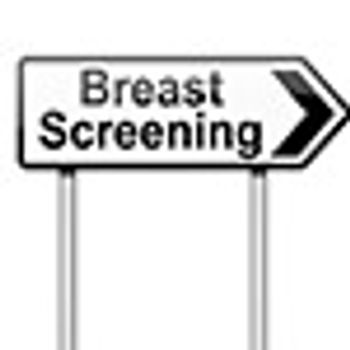
More women with dense breast tissue underwent supplemental screening following implementation of the New Jersey Breast Density Law.
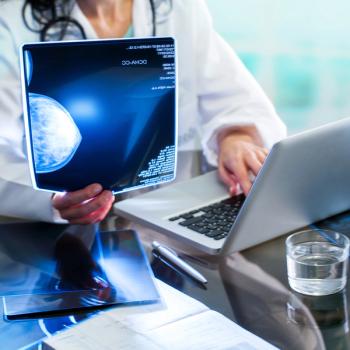
Breast lesion categorization compared between tomosynthesis and 2D mammography.

Few hospitals offer online material regarding mammograms that are easily understood by the general public.

Medicare Program spurs increase in mammography screening.

Using artificial intelligence to review mammographic findings may increase efficiency in assessing breast cancer risk.
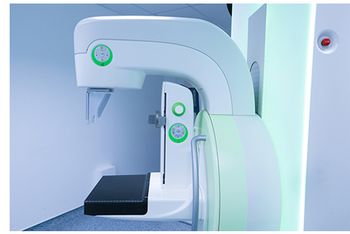
Digital mammography may be feasible using low-dose radiation dose techniques.

How often specialists recommend mammography screening to patients is influenced by their professional societies’ guidelines.
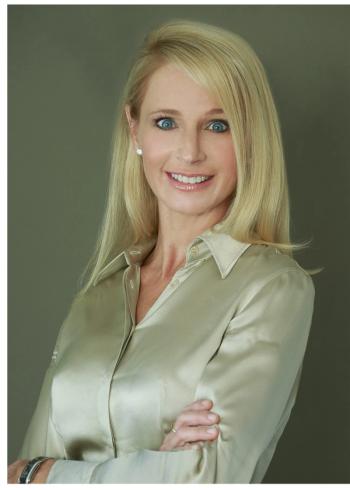
Making a case for women to take control of their breast imaging.

Digital tomosynthesis compared to chest radiography for pulmonary nodule screening and determining case management.

MBI assessed as supplementary screening tool for women with dense breasts.

Access to prior mammograms will help women avoid false positives and call backs.
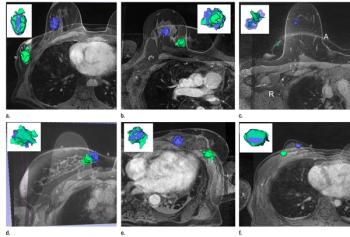
Adding intraoperative supine MR imaging to standard prone imaging may increase accuracy when evaluating breast cancer.

Improved detection of breast cancer with automated breast ultrasound, according to study.

Did false-positive mammograms deter women from undergoing future breast cancer screening per guidelines?

The order of mammography screenings done in pairs and its effect on breast cancer detection rates.

Use of tomosynthesis has resulted in more benign breast cancer diagnoses, study finds.
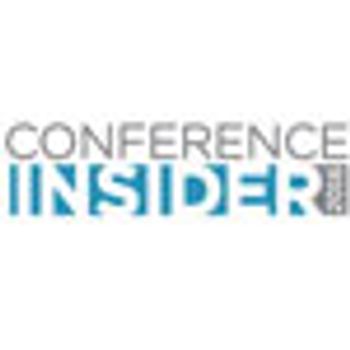
The number of false positives and callbacks dropped with peer review of screening mammography, according to a study at ACR 2016.

Tomosynthesis and conventional mammography appear to have similar cancer detection rates, according to a study at ACR 2016.
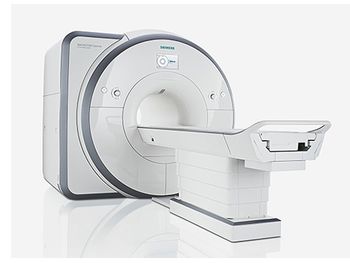
MRI may detect additional multicentric breast cancers.


Were more women notified of breast density after legislation passed in their state?
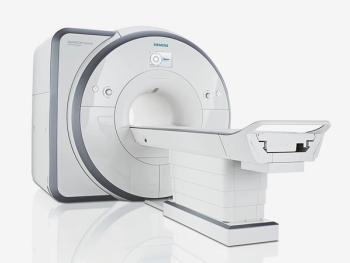
Geographic location of breast MRI facilities may affect vulnerable populations.
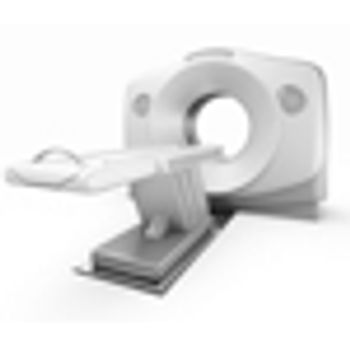
MRI can help physicians predict breast cancer recurrence in women who underwent chemotherapy and surgery.